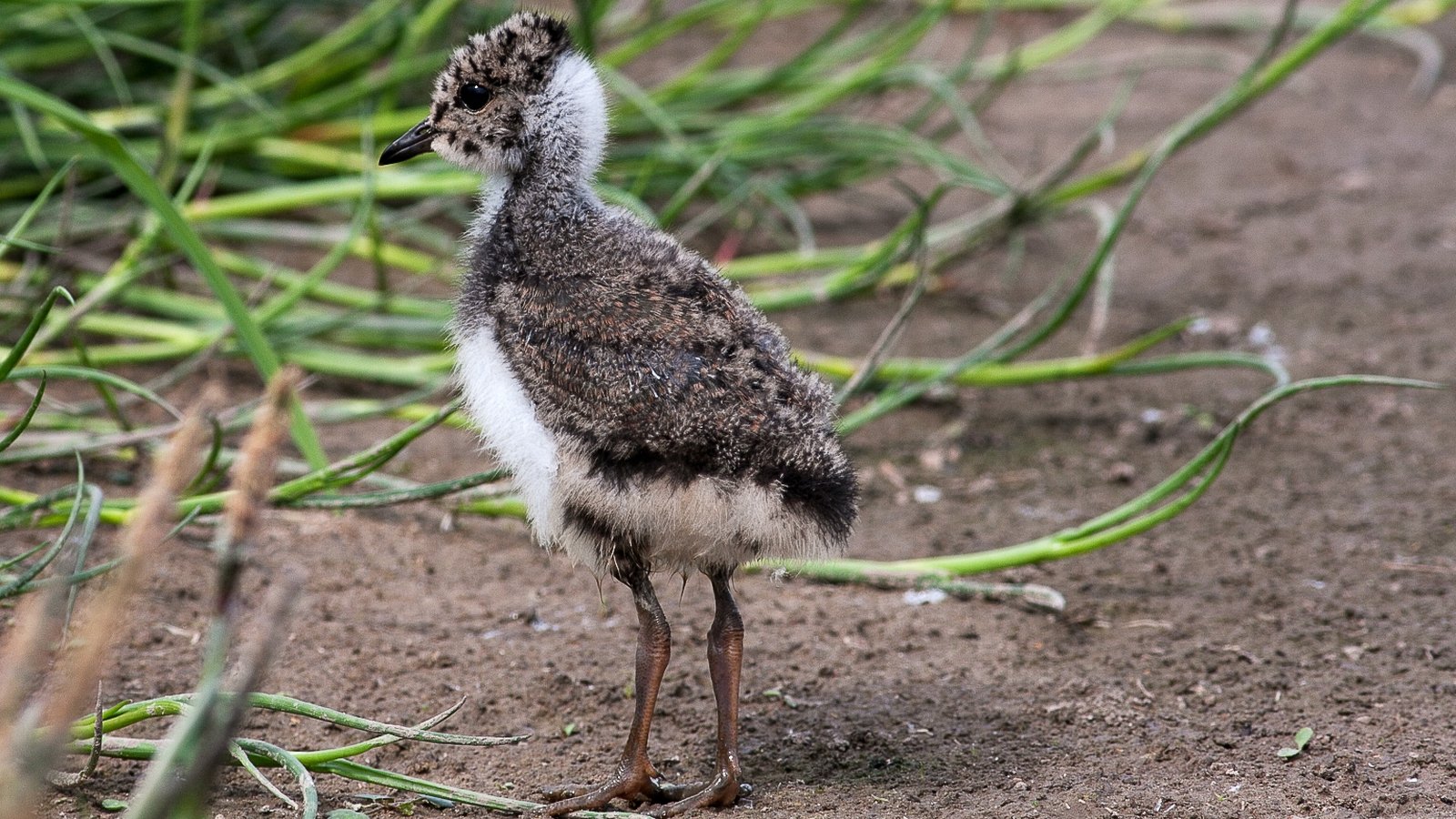Rise in native population of Lapwing birds in Co Wicklow


The native population of Lapwing birds at a site in Co Wicklow has increased from two breeding pairs in 2017, to 77 Lapwing nests.
The Lapwing, a wading bird that is endangered in Ireland, was designated as Ireland’s national bird in 1990.
The National Parks and Wildlife Service (NPWS) undertook a project to increase the number of Lapwing birds at the Cooldross Lagoon and salt meadow as well.
Minister for Heritage Malcolm Noonan has said that he is hugely impressed by the efforts of the NPWS, and is encouraging everyone to enjoy and appreciate nature in their own area and become custodians for conservation as part of Biodiversity Week this week.
Breeding wading birds in Ireland have experienced drastic declines in recent decades and most are of conservation concern.
The targeted conservation management and habitat restoration works at the 100-acre Cooldross site over the course of the project has achieved some very positive results, not just for the Lapwing but also for other wetland “birds of conservation concern” including the Redshank, of which, it is estimated we have only 220 pairs left in Ireland.
Other wading birds species that have benefited include Snipe, Oystercatcher, Ringed Plover, Little Tern, Black-headed Gull, Shovler and Shelduck.
In 2023, Little terns successfully bred for the first time on an artificial inland beach that was installed as a climate proofing measure.
The Cooldross site has now been designated as a breeding site of national importance for both Lapwing and Redshank.
At this time of year many of the Lapwing chicks are near fledging.
Some will be fitted with special colour rings to help understand more about the population dynamics of this iconic species.
The site also draws winter visitors that fall under the “Species of Conservation Interest” list including Greylag, Brent Geese, Teal and Wigeon.
Cooldross has established itself as the most important breeding Wader and Waterbird site on the east coast of Ireland.
Various site management practices have been implemented to improve breeding conditions.
These include habitat enhancements such as pool creation and damming, the construction of artificial beaches, strip mowing, the implementing adaptive farming techniques, regulating water levels, establishing habitats for chick rearing, and monitoring and ringing the birds.
The site has been completely surrounded by electrified predator-protection fencing to keep foxes, badgers and other predators at bay.





